What Is Stucco Remediation?
Stucco, a popular material for exterior walls, has been a staple in construction for thousands of years. According to Britannica, stucco has been used since 1400 BCE. Known for its durability and aesthetic appeal, it provides a smooth, painted surface that can withstand various weather conditions. However, despite its robustness, stucco can develop issues over time, necessitating remediation. This article delves into what stucco remediation entails, its importance, and the steps involved in the process.
Understanding Stucco and Its Issues
Stucco is a cement-based plaster applied over walls and surfaces both inside and outside buildings. Traditional stucco is made from lime, sand, and water, while modern stucco includes cement, sand, and water. Additives such as fiberglass and acrylics may also be used to enhance its properties. Stucco is typically applied in several layers, including a base layer that provides strength and a finish layer that offers a decorative and waterproof surface.
Despite its many advantages, stucco can develop problems due to poor installation, extreme weather conditions, or age. Common issues include cracks, bulges, and discoloration, often caused by water infiltration or settling of the building. When these problems occur, stucco remediation becomes necessary to restore the integrity and appearance of the structure.
Assessing the Damage
The first step in stucco remediation is assessing the extent of the damage. This involves a thorough inspection of the exterior walls, focusing on areas around windows, doors, corners, and the foundation where damage is most likely to occur. Signs of stucco damage include visible cracks, bulges, stains, and areas where the stucco has separated from the underlying structure.
A moisture meter can be used to detect high levels of moisture within the stucco, which is a common cause of damage. High moisture content can lead to mold growth, wood rot, and further deterioration of the stucco. In some cases, it may be necessary to remove a section of the stucco to inspect the underlying structure for damage.
Preparing for Stucco Remediation
Once the extent of the damage has been determined, the next step is to prepare the area for remediation. This involves removing the damaged stucco and any underlying materials that have been compromised. A concrete saw is typically used to chip away the damaged stucco, taking care not to damage the underlying structure.
Safety is paramount during this process, so wearing protective gear such as safety goggles and a dust mask is essential. Any vegetation or objects that are in close proximity to the damaged area should also be cleared away to provide a clean and accessible workspace.
Repairing and Replacing Stucco
Stucco remediation can involve either repairing minor damage or replacing large sections of the stucco. For small cracks and holes, a patch repair may be sufficient. This involves opening up the crack into a square or rectangular shape with a grinder, cleaning the area, applying a bonding agent, and then filling the crack with a stucco patch compound. According to This Old House, the patch is then smoothed out with a trowel and kept damp for 48 hours to allow it to cure. Once cured, it can be primed and painted to match the rest of the wall.
For more extensive damage, such as large cracks or bulging areas, it may be necessary to replace entire sections of the stucco. This process involves cutting a border around the damaged area, installing a new lath (a metal or plastic mesh that provides a base for the stucco), and then applying new stucco in layers. The base coat is applied first, followed by a finish coat that is textured to match the surrounding stucco. Proper curing is essential to ensure a strong bond and prevent future damage.
Improving Drainage and Preventing Future Damage
One of the key causes of stucco damage is poor drainage, which can lead to excessive moisture buildup within the stucco. Improving drainage around the home is an important part of stucco remediation and can help prevent future issues. This can involve ensuring that gutters and downspouts are functioning properly and directing water away from the foundation, installing splash blocks under downspouts, and grading the soil around the home to slope away from the walls.
Stucco remediation is a vital process for maintaining the integrity and appearance of stucco-clad buildings. By understanding the causes of stucco damage, assessing the extent of the problem, and taking appropriate steps to repair and prevent future issues, homeowners can ensure their stucco remains a durable and attractive part of their home for years to come. Contact us today at Options Custom Remodeling, LLC for more information on stucco remediation.
serving Area
Garnet Valley, PA
Business Hours
- Mon - Fri
- -
- Saturday
- -
- Sunday
- Closed
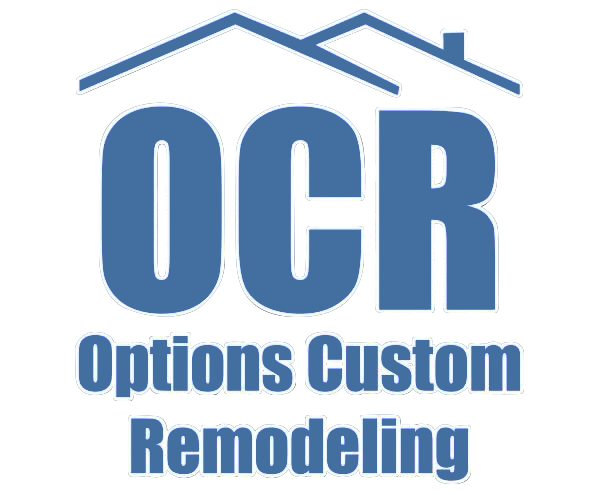
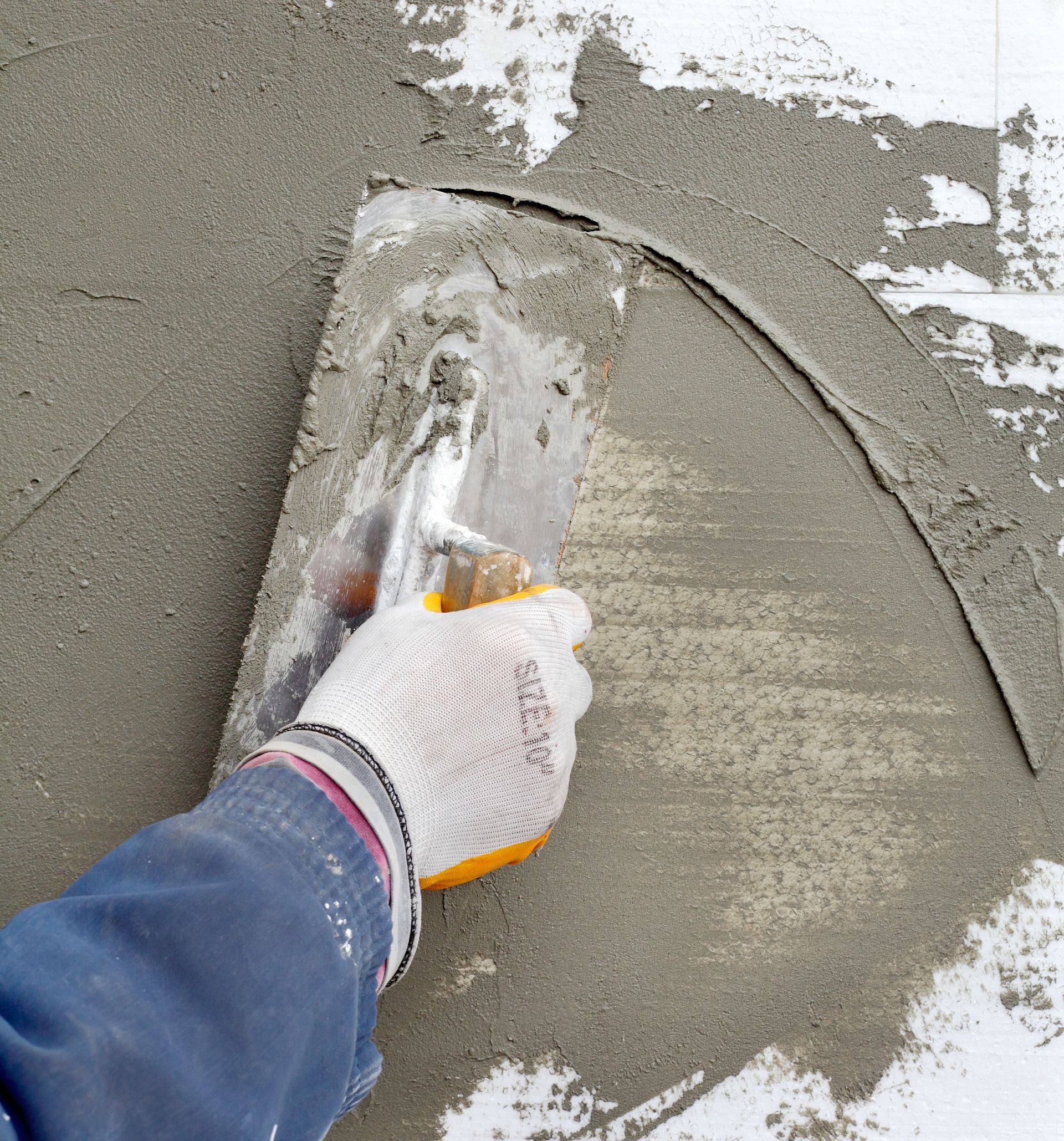
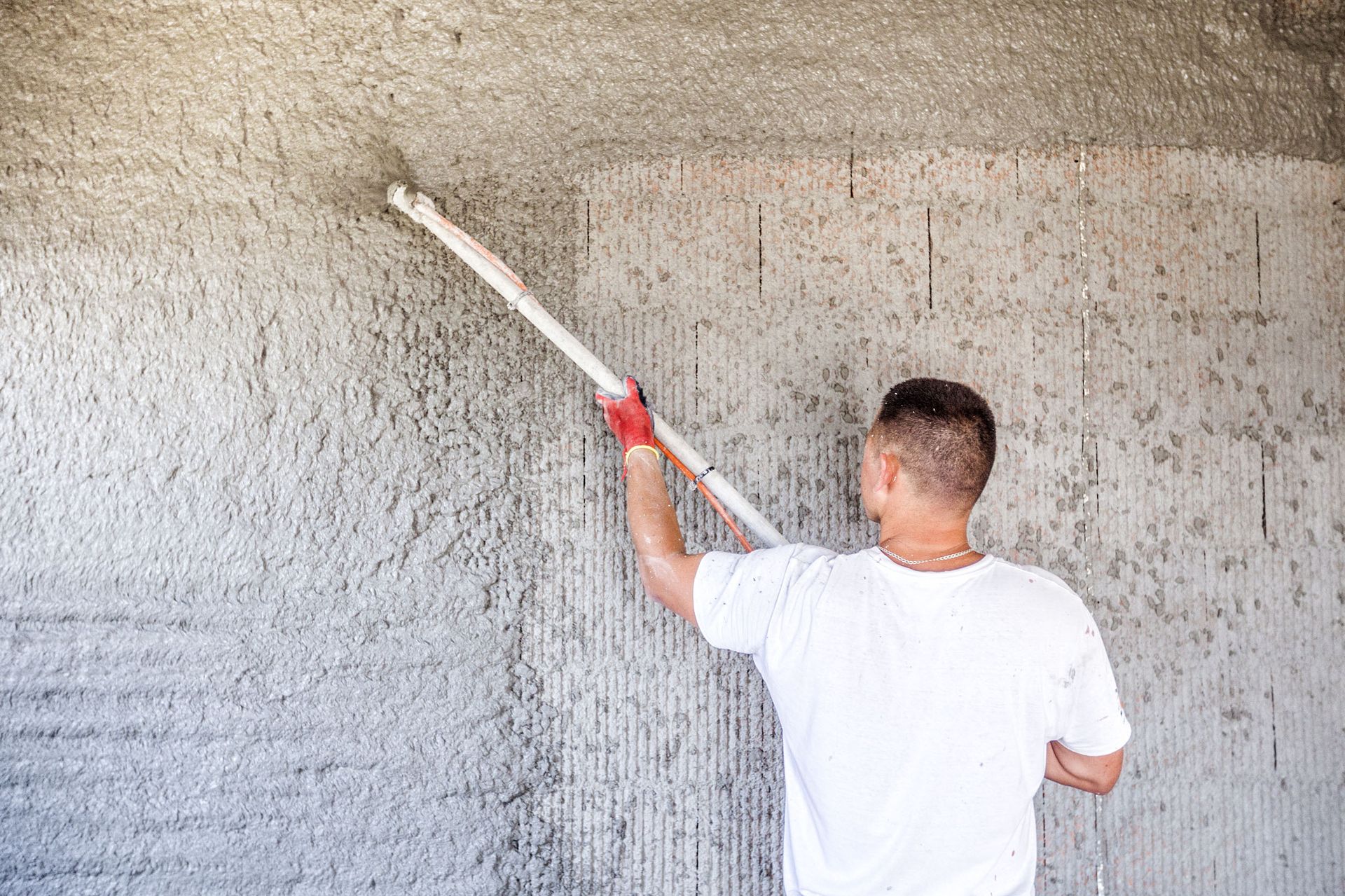
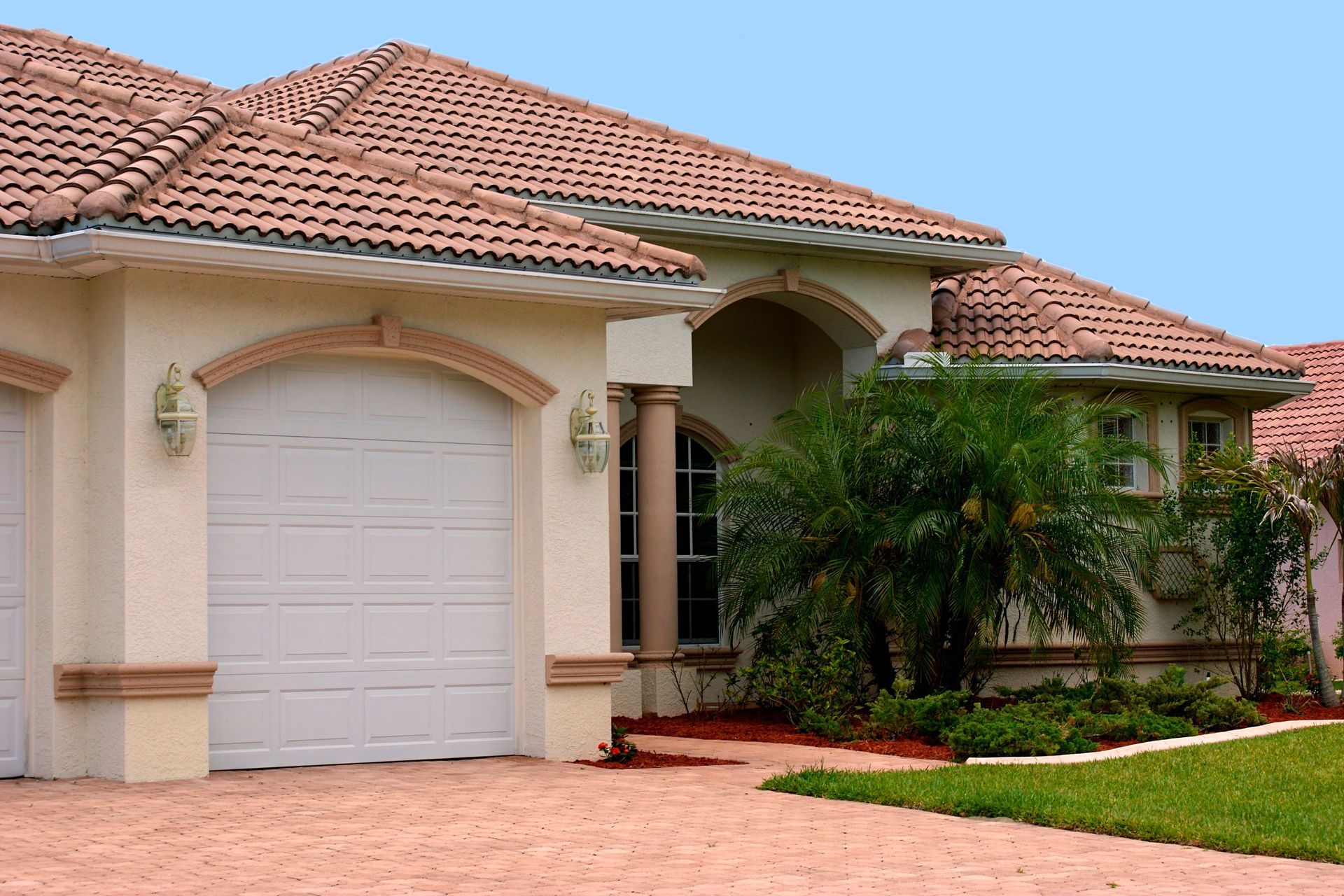
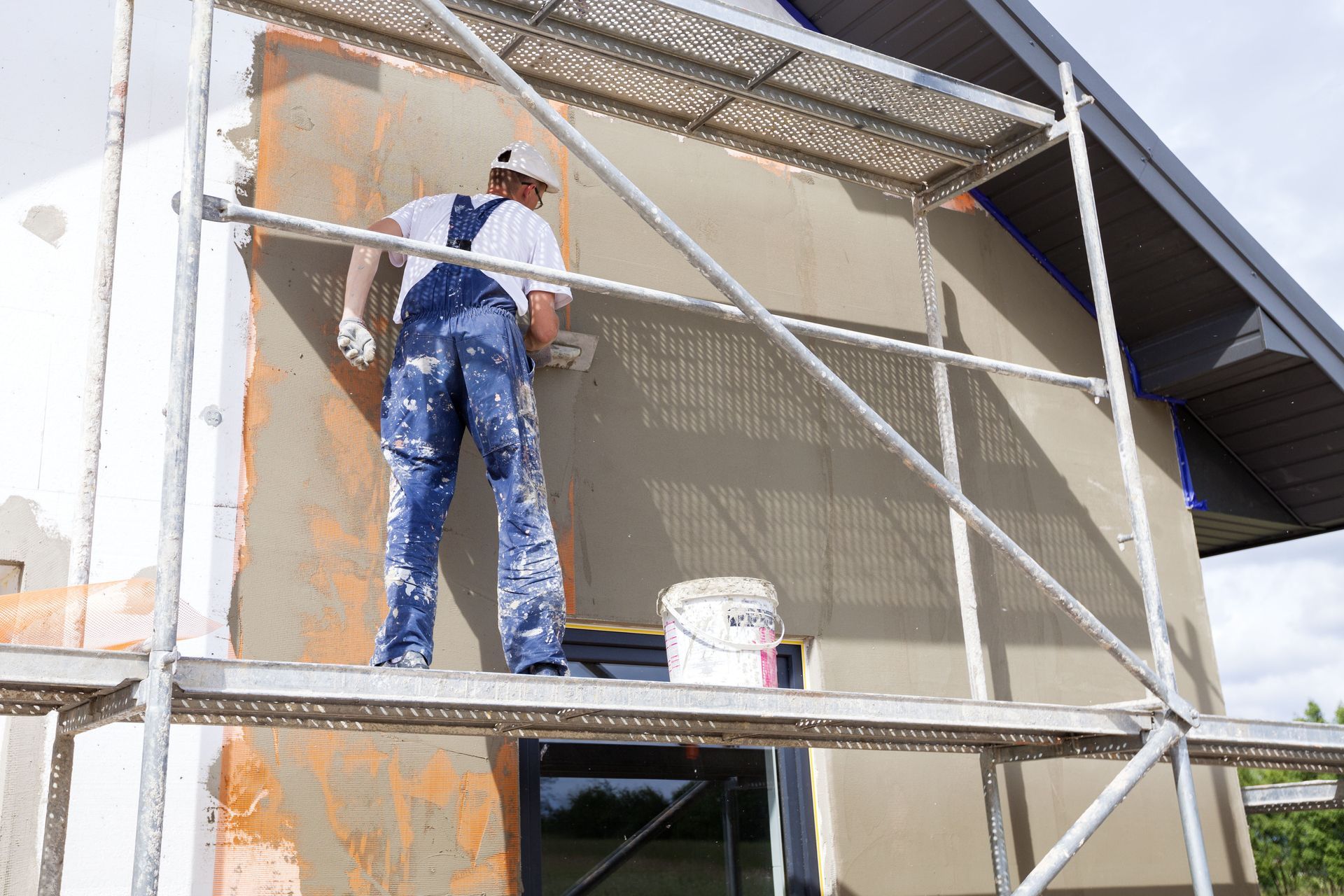
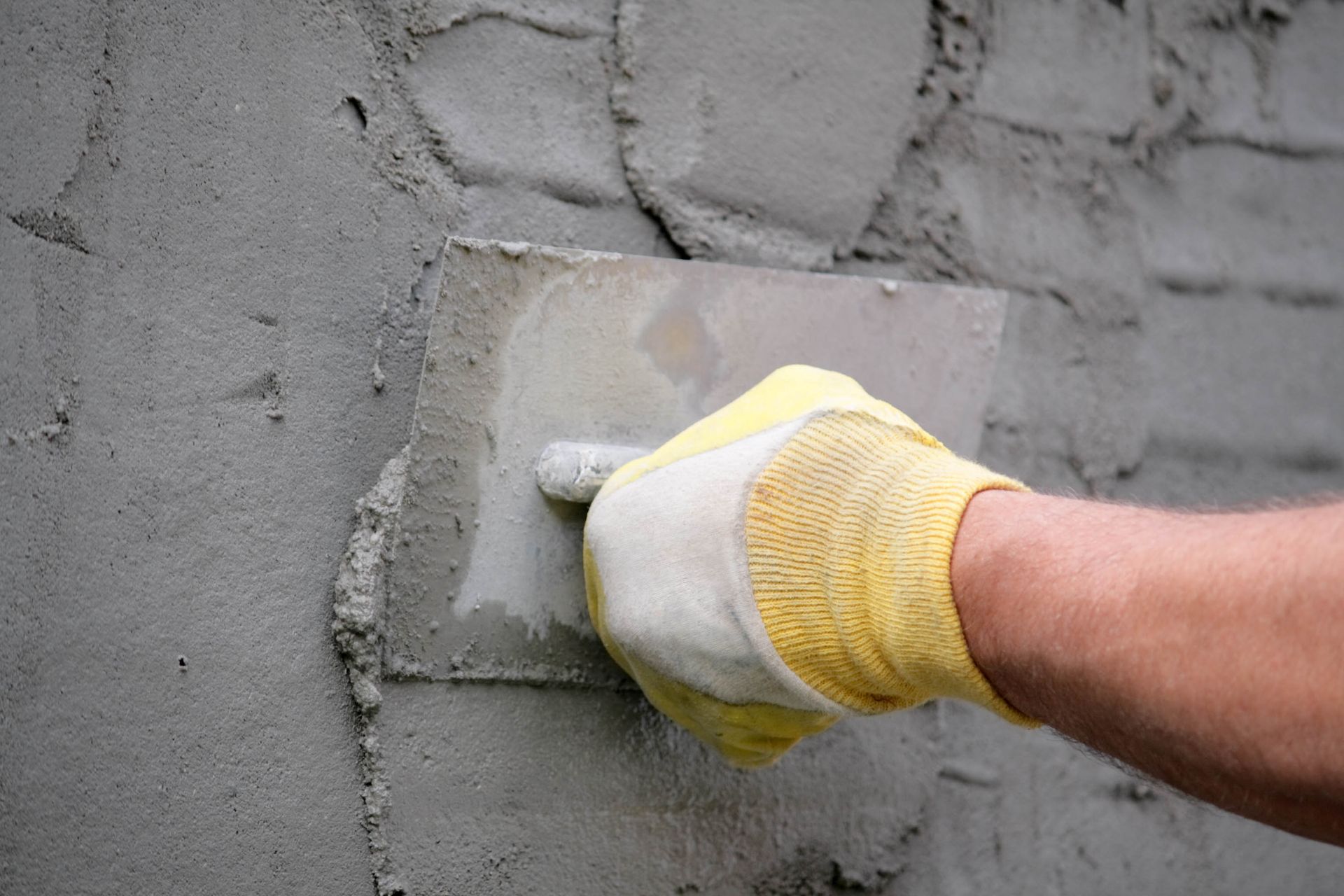
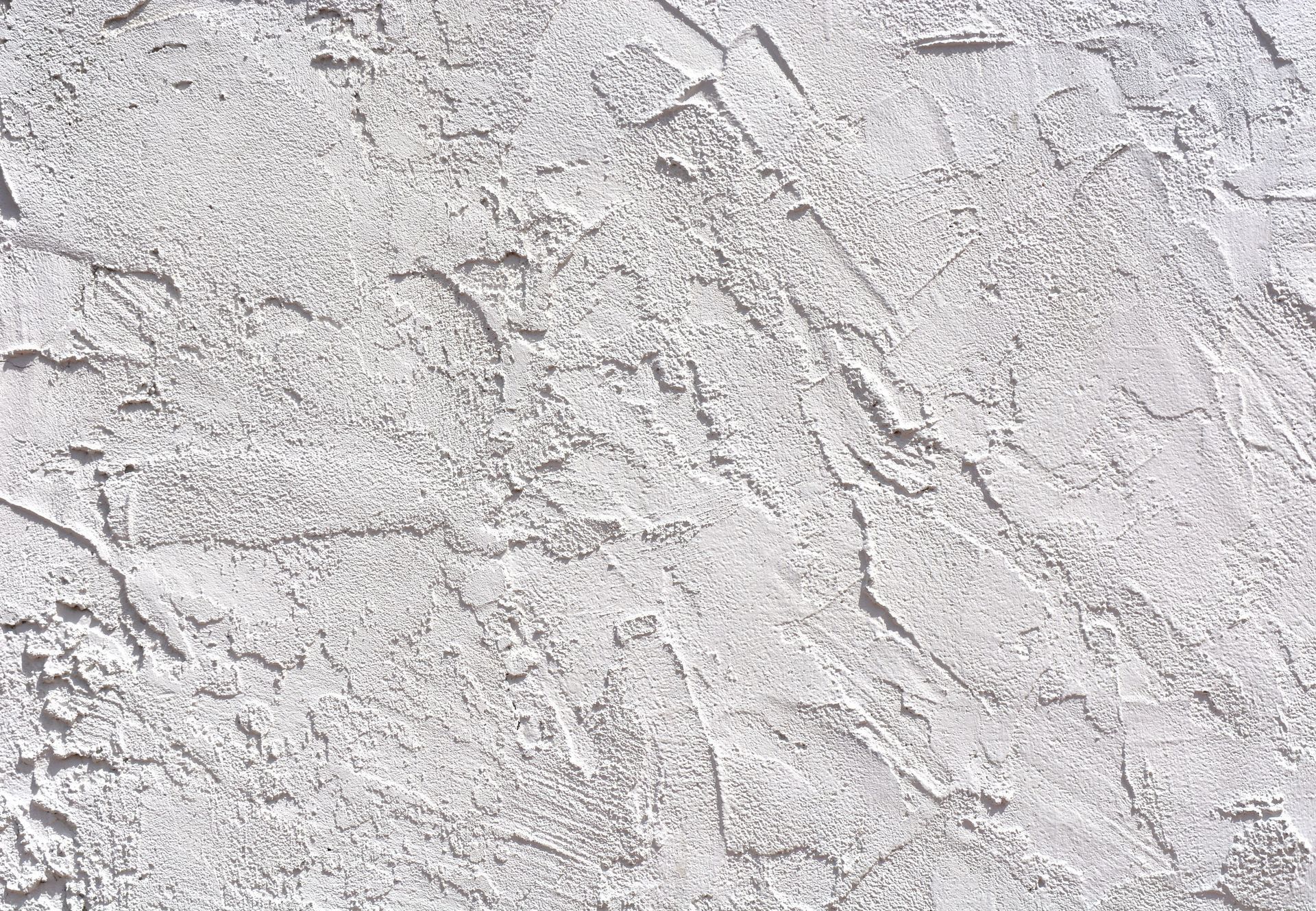
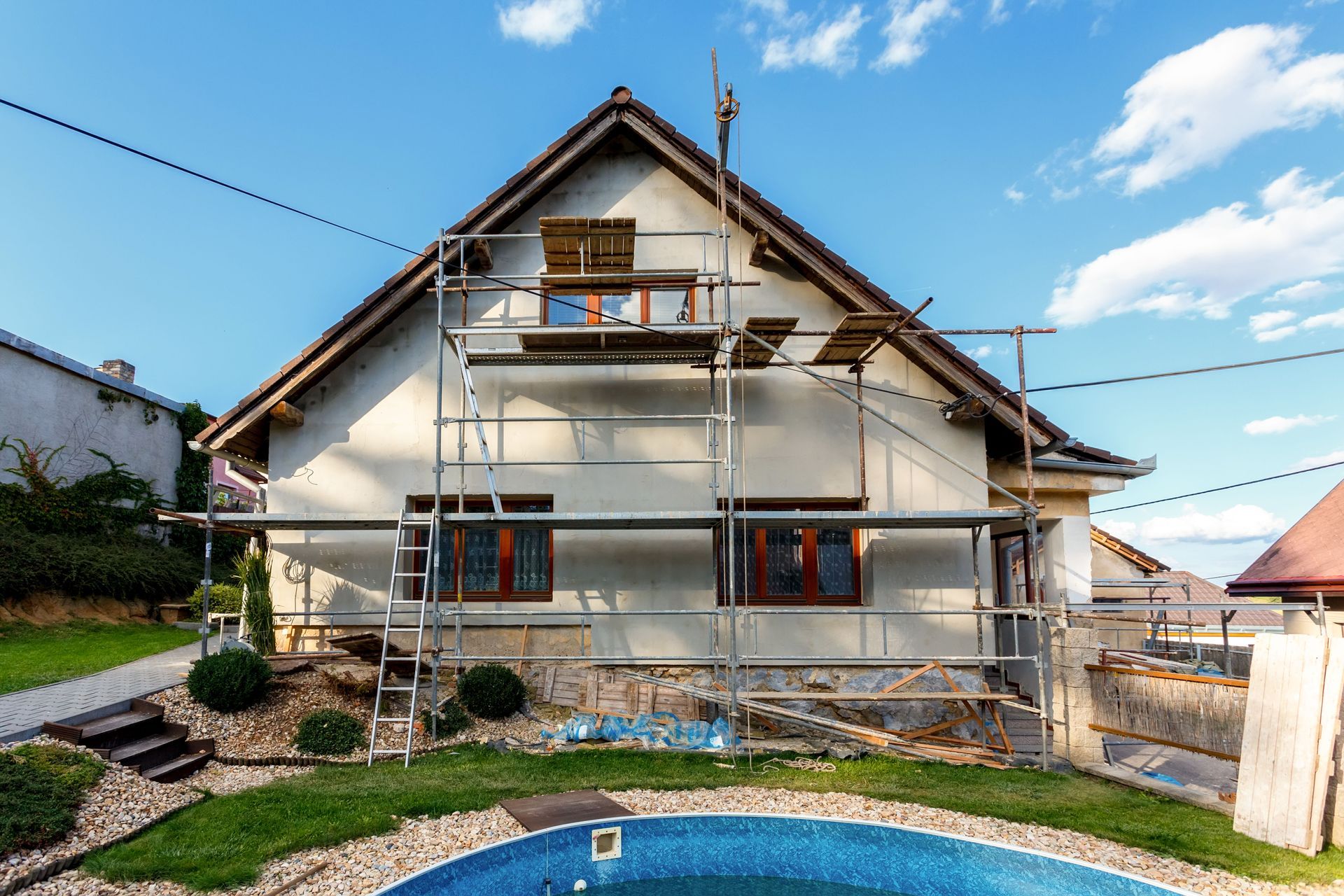
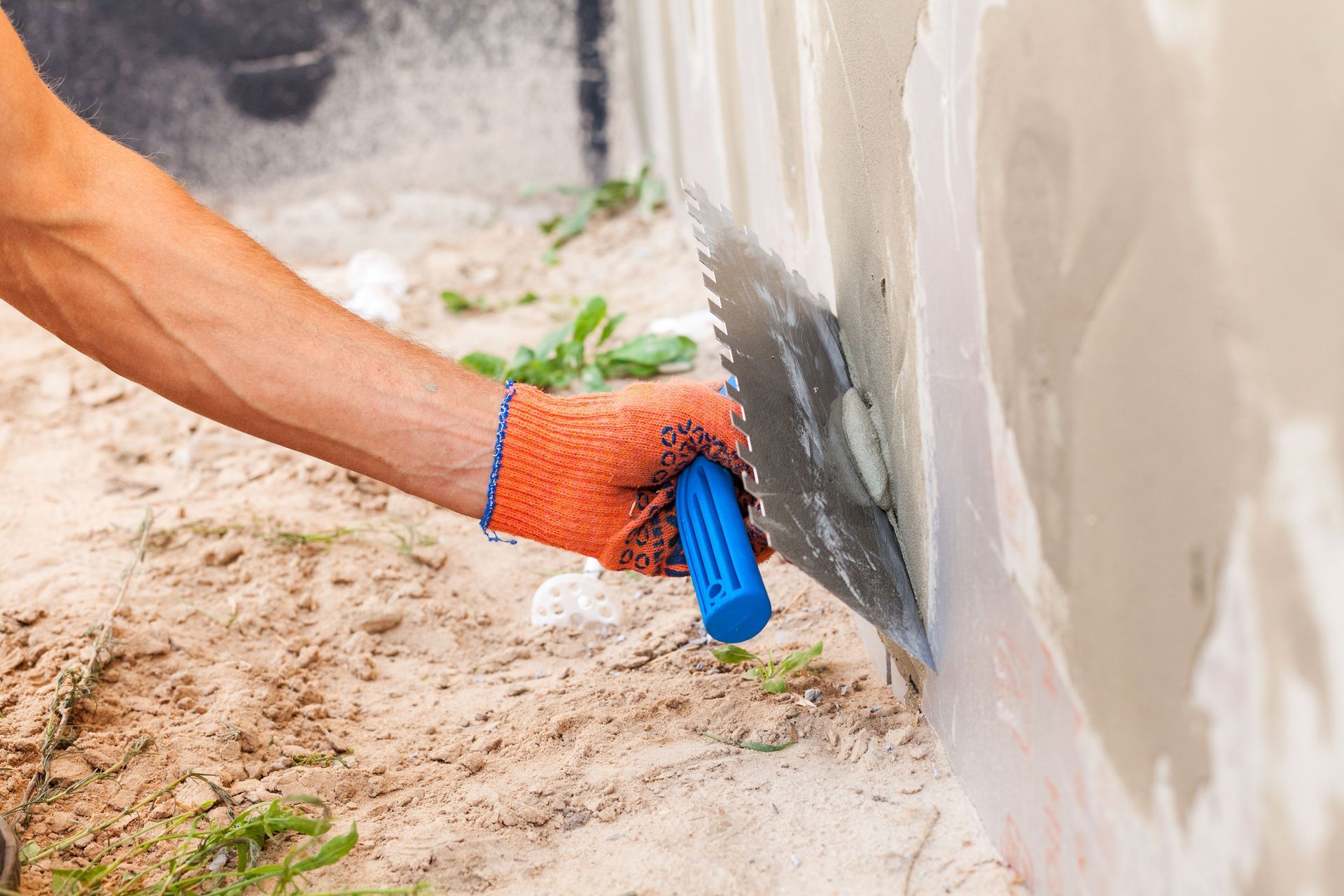
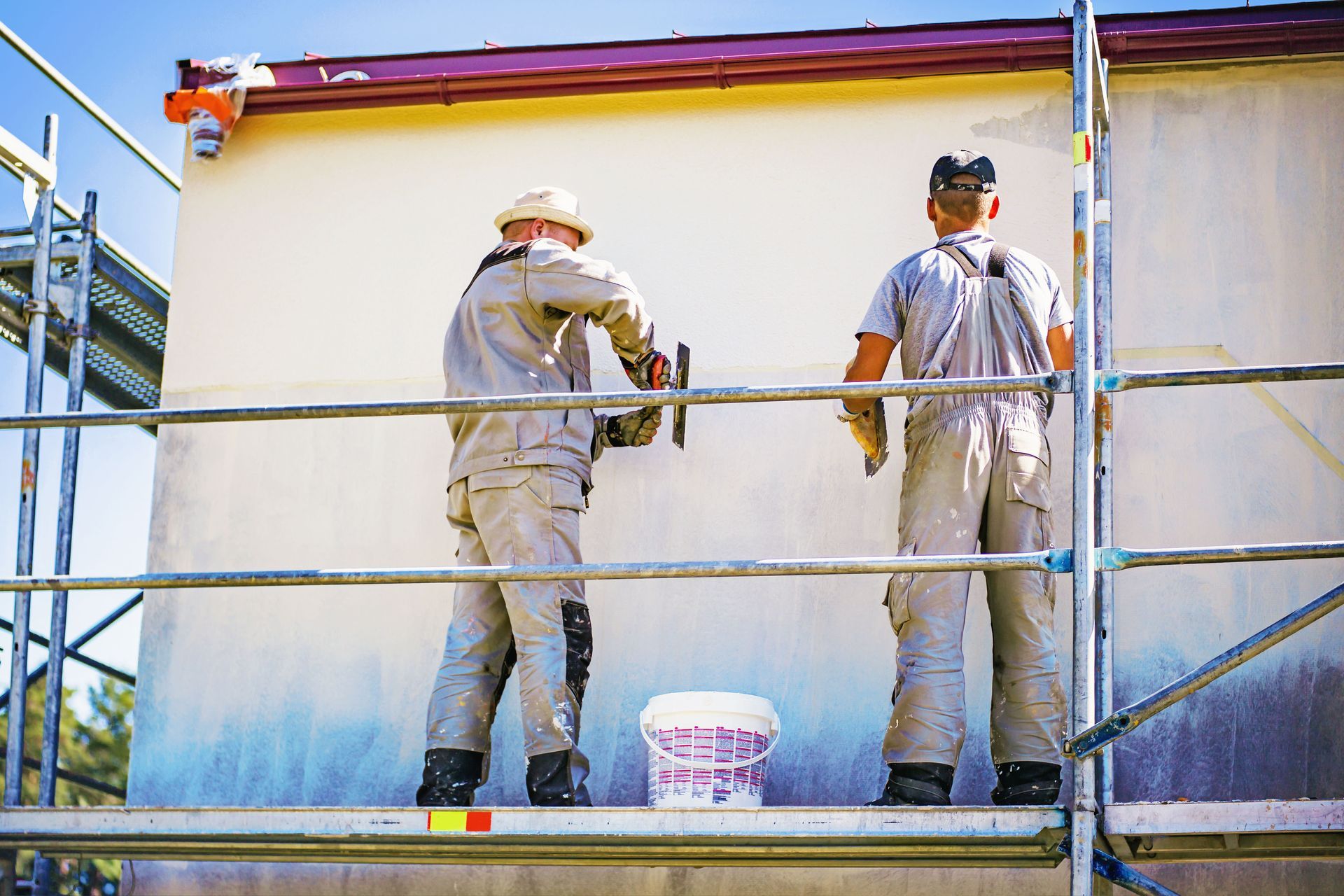
Share On: